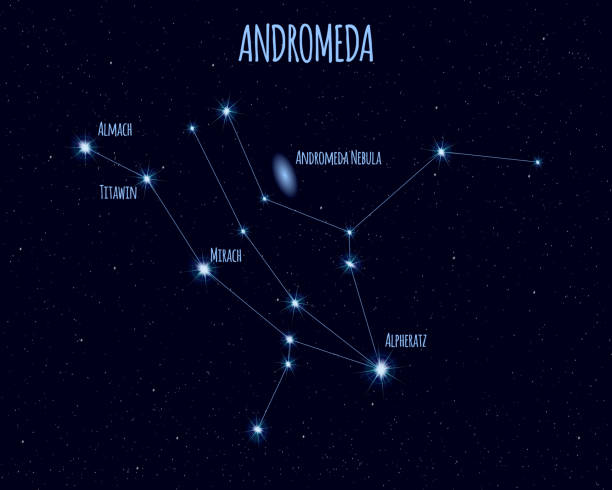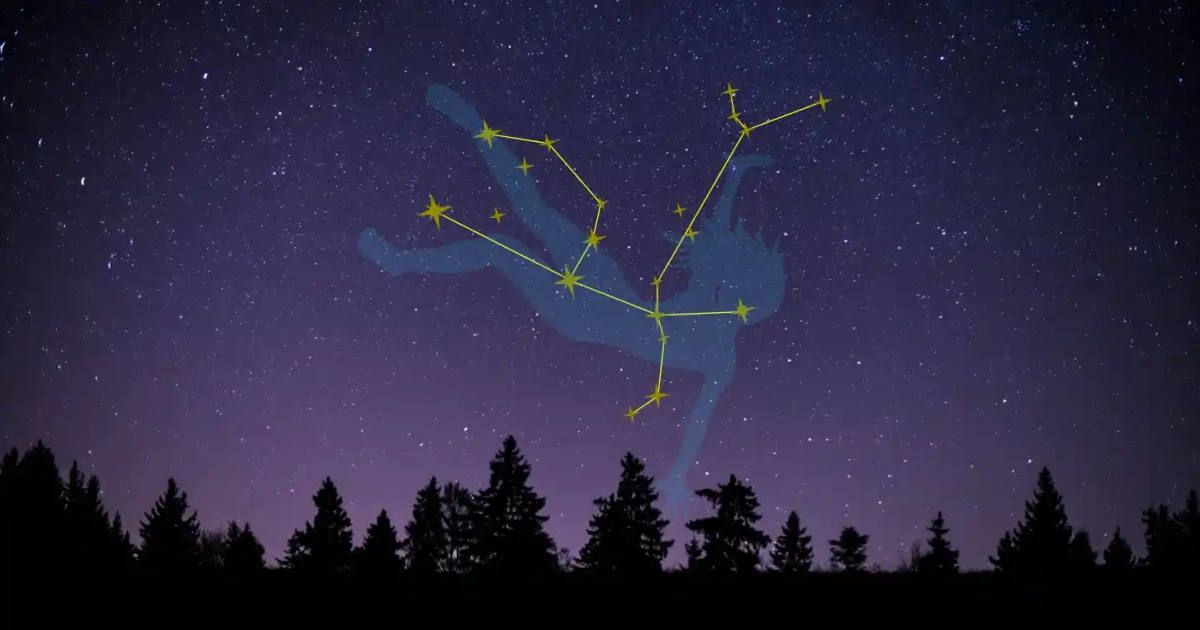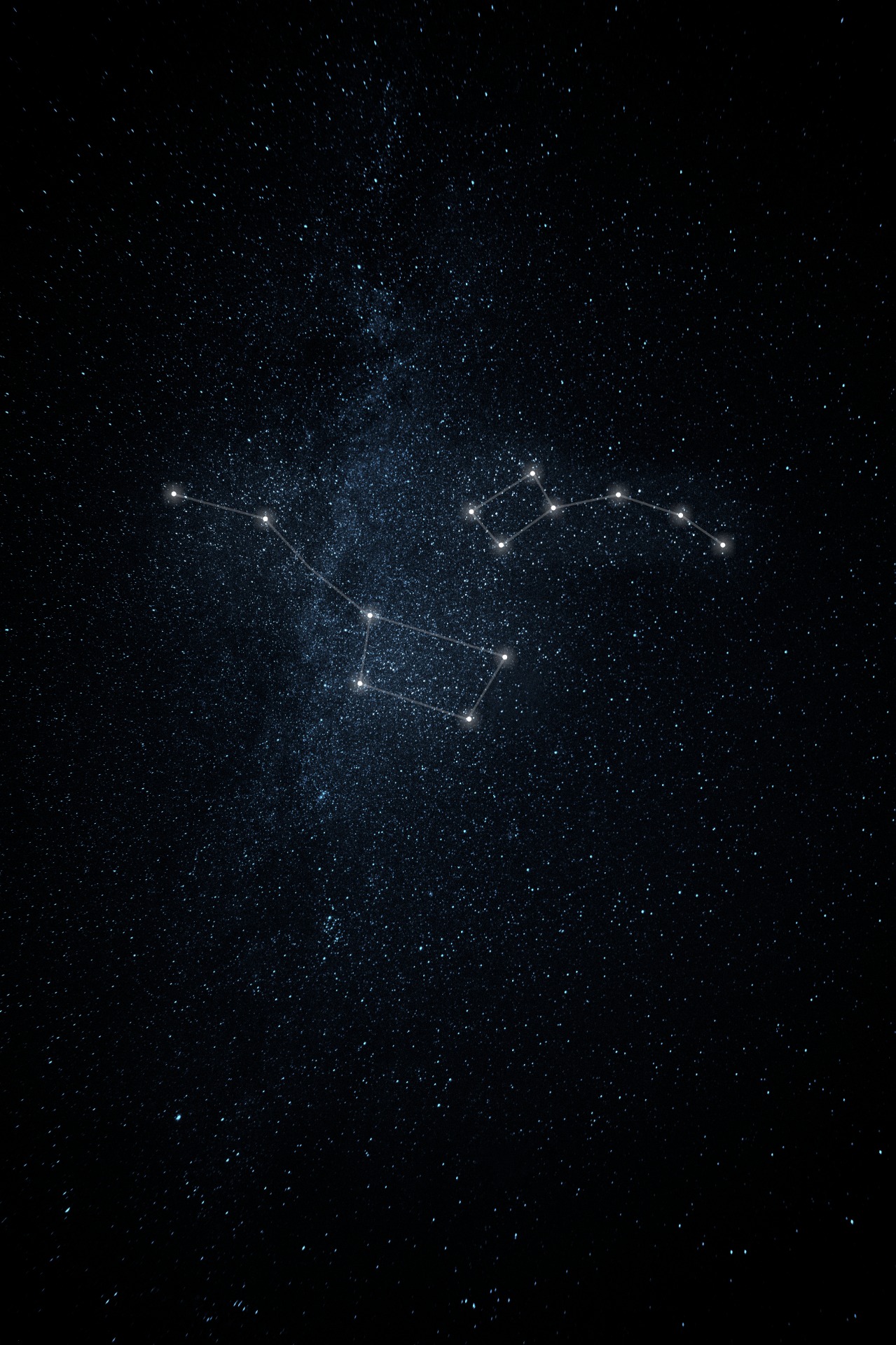

Andromeda
When you think of Andromeda, you might picture a galaxy—but before it was a galaxy, it was a constellation. Positioned in the northern sky, Andromeda is a large, elegant constellation with deep roots in mythology and a standout role in modern astronomy. Best seen in autumn, it's home to one of the most famous galaxies in the universe: the Andromeda Galaxy (M31).
What Is Andromeda?
Andromeda is a constellation in the northern celestial hemisphere, located near Pegasus, Cassiopeia, and Perseus. It stretches across a large section of sky, but its stars are relatively dim, so it's easiest to spot from dark-sky locations.
The constellation is named after Princess Andromeda from Greek mythology—chained to a rock as a sacrifice to a sea monster, only to be saved by the hero Perseus.
Key Stars in Andromeda
Although not as visually bold as Orion or Pegasus, Andromeda still has a few notable stars:
Alpheratz (α Andromedae)
Technically shared with the Pegasus constellation (it forms one corner of the Great Square of Pegasus)
A blue-white star about 97 light-years away
Mirach (β Andromedae)
A red giant and the second-brightest star in the constellation
Often used as a reference point to find the Andromeda Galaxy
Almach (γ Andromedae)
A beautiful binary star system with contrasting orange and blue components—visible in small telescopes
The Andromeda Galaxy (M31)
The real star of the show in this constellation isn't a star at all—it's the Andromeda Galaxy, located about 2.5 million light-years away. It's the closest spiral galaxy to our own Milky Way and is visible to the naked eye from dark locations as a faint, elongated blur.
- Object Type: Spiral Galaxy
- Distance: ~2.5 million light-years
- Size: Over 220,000 light-years across (larger than the Milky Way)
- Best Seen: Through binoculars or a wide-field telescope
The Andromeda Galaxy is on a collision course with the Milky Way—but don't worry, it won't happen for another 4 billion years.
Mythological Origins
In Greek mythology, Andromeda was the daughter of King Cepheus and Queen Cassiopeia. After Cassiopeia bragged that Andromeda was more beautiful than the sea nymphs, Poseidon sent a sea monster to punish the kingdom. Andromeda was chained to a rock as an offering—but saved by Perseus, who flew in on Pegasus after slaying Medusa.
